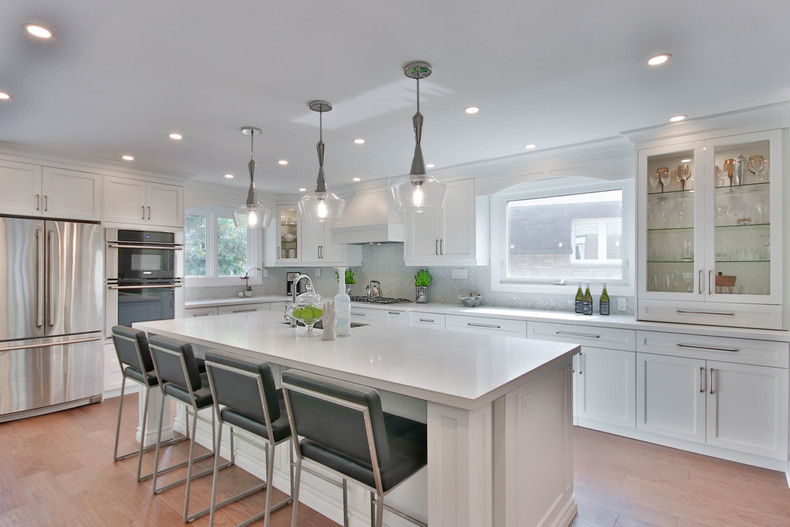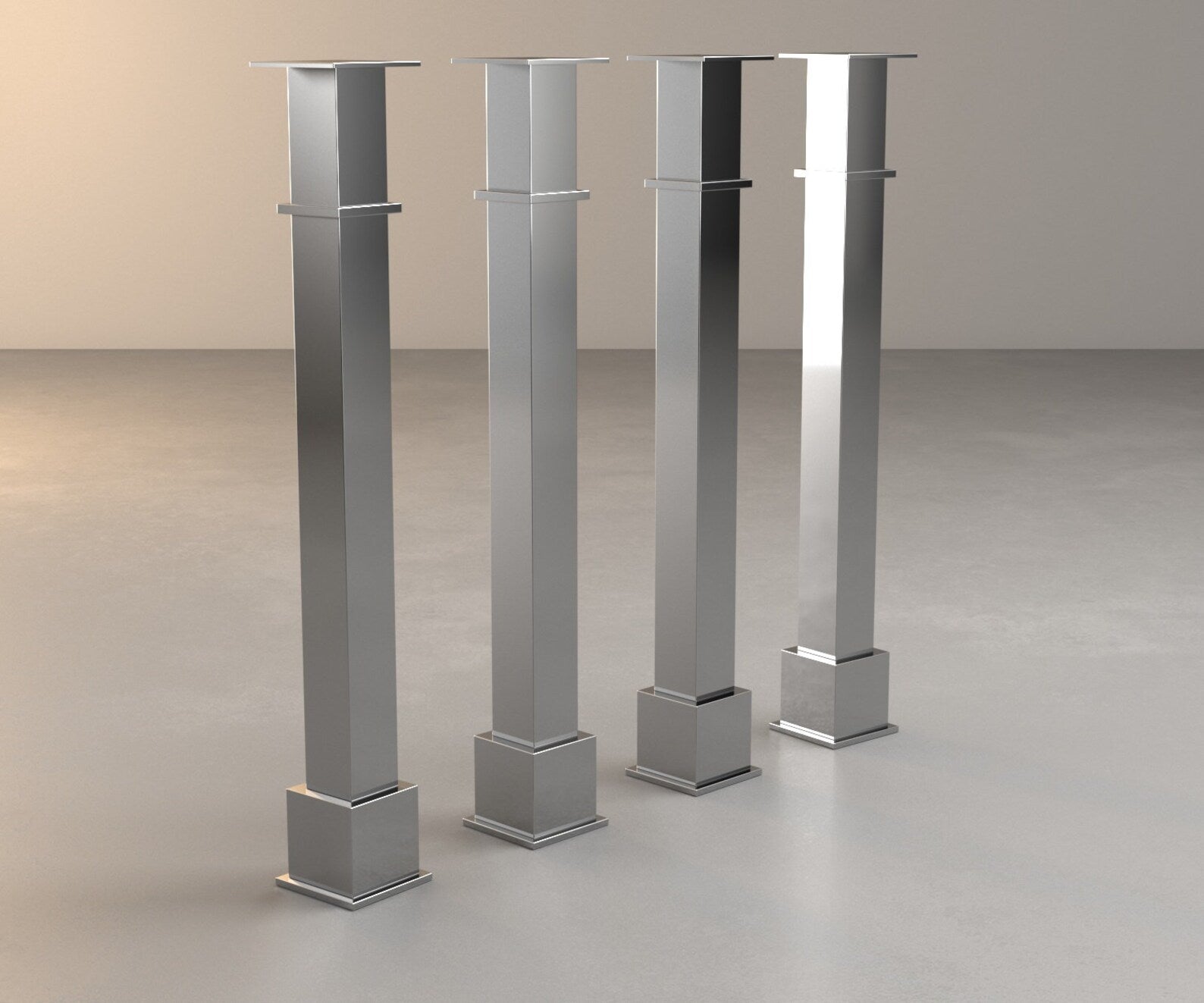A Guide to Selecting the Perfect Legs For Kitchen Island for Your Home
Picking the suitable legs for your kitchen island is a nuanced decision that influences both the capability and aesthetic appeal of this central space. Factors such as height, products, and design play a vital role in balancing your island with the overall kitchen area layout. In addition, recognizing the relevance of stability and maintenance can substantially influence your choice. As you take into consideration these elements, it becomes apparent that the best legs can transform not just the look of your kitchen area however likewise its use for years to come. What specific attributes should you focus on in this option process?

Comprehending Cooking Area Island Legs
When choosing legs for a kitchen area island, it's vital to understand their functional and aesthetic roles in the general design. The legs function as a vital support group, making sure security and sturdiness for the island, which commonly works as a work space, dining location, or gathering area. Therefore, the choice of material and construction method must be durable sufficient to hold up against daily use and potential wear.
In enhancement to their architectural responsibilities, legs contribute considerably to the island's visual charm. They can enhance the kitchen area's style, whether via conventional, contemporary, or diverse designs. The height and proportion of the legs are likewise vital considerations; they need to balance with the island's kitchen counter elevation while making certain comfy seating for those utilizing the area.
Furthermore, the leg design can influence the overall flow of the kitchen area. Open, ventilated leg designs can create a sense of lightness, while strong, significant legs might communicate an extra grounded and steady aesthetic - Legs For Kitchen Island. Understanding these visual and useful elements will lead home owners in making educated selections that match their kitchen's layout and improve its functionality
Popular Styles and Materials
The selection of legs for a kitchen area island incorporates a variety of prominent designs and products, each offering distinct features that can boost both performance and appearances. Among one of the most desired designs are modern, rustic, and typical. Contemporary legs often feature sleek, minimal styles that highlight simplicity and tidy lines, making them perfect for modern-day cooking areas. Rustic styles, on the other hand, welcome natural environments and typically showcase reclaimed wood or distressed finishes, adding heat and charm to the area. Typical legs normally display elaborate information and workmanship, enhancing traditional kitchen area styles.

Elevation and Stability Considerations

The legs of the kitchen island must offer ample assistance, ensuring that the framework can withstand everyday use without shifting or tottering. Product option plays a considerable duty in security; metal legs, for circumstances, have a tendency to provide better strength contrasted to timber.
Matching Your Cooking Area Aesthetic
Picking the appropriate legs for your kitchen area island goes past capability; it also plays a considerable role in the general aesthetic of the space (Legs For Kitchen Island). When choosing legs, take into consideration the layout style of your kitchen.
Legs that enhance or contrast with your island's surface and surrounding cabinets can produce aesthetic consistency or striking focal factors. In addition, take into consideration the coating of the legs; matte, glossy, or distinctive coatings can considerably influence the overall feel of the see this website kitchen area.
Setup and Maintenance Tips
Mounting kitchen investigate this site island legs needs mindful interest to detail to make sure both security and aesthetic appeal. Utilize a stud finder to situate wall surface studs if you are attaching the legs to a wall or using brackets for included support.
When protecting the legs, use top notch screws and, if essential, wood glue for added toughness. For metal legs, ensure that you are making use of suitable anchors and devices to stop damages to your flooring. It is suggested to look for levelness after installation, making adjustments as required to stay clear of tottering.
Maintenance is similarly important for long life - Legs For Kitchen Island. On a regular basis inspect the legs for any type of signs of wear or helping to loosen, especially in high-traffic areas. Tidy the legs with a suitable cleaner, staying clear of abrasive products that might scratch the surface area. For wood legs, take into consideration using a wood conditioner occasionally to maintain their coating. By complying with these installment and upkeep ideas, you can guarantee that your kitchen island legs remain both visually enticing and practical.
Final Thought
Finally, picking the suitable legs for a kitchen area island demands cautious consideration of height, stability, and visual compatibility. By choosing appropriate materials and styles that line up with the total kitchen design, capability can be enhanced while maintaining visual charm. Correct installation and continuous upkeep better contribute to the longevity and longevity of the cooking area island. Ultimately, thoughtful leg option plays an important function in boosting both the practicality and design of the kitchen area area.
When picking legs for a cooking area island, it's important to understand their visual and functional duties in the total style. Open, airy leg styles can create a feeling of agility, while solid, substantial legs might share a much more grounded and stable visual. The legs of the cooking area island must offer sufficient support, guaranteeing that the structure can endure everyday use without wobbling or moving.Setting up kitchen area island legs requires cautious interest to detail to make certain both security and aesthetic allure.In final thought, selecting the appropriate legs for a cooking area island requires mindful factor to consider of height, security, and aesthetic compatibility.